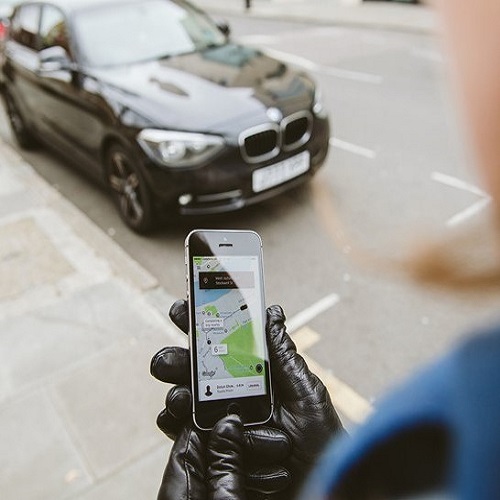Traffic problems could be exacerbated and air pollution could actually increase due to efforts from ridesharing firms such as Uber to electrify their fleets, researchers have said.
Uber has announced plans to transition hundreds of thousands of its drivers to electric vehicles by 2025, with 50 per cent of kilometres in EVs in key European cities by then. By 2030 it claims all its vehicles will be zero emissions in the US, Canada and Europe.
But a team funded by Carnegie Mellon University has conducted life-cycle comparisons of battery-powered electric vehicle fleets to a gas-powered one, using real-world rideshare data.
They found up to a 45 per cent reduction in greenhouse gas emissions from full electrification but warned that traffic problems and air pollution could increase.
The cars and SUVs used in ridesharing scenarios typically drive more miles each year than a personal vehicle, contributing a higher proportion of greenhouse gases to the environment, the researchers said.
Previously, they calculated that rideshare companies’ carbon footprints could significantly decrease by fully electrifying their fleets.
However, few studies have used real-world rideshare trip data in their estimates, or included additional assessments of air pollution and traffic impacts, from the switch.
The team developed a method that evaluated the life-cycle costs and benefits for two battery-powered fleets and a gasoline-powered one.
Combining these data, they assigned a monetary value to each trip, based on the assumed damage done by carbon emissions, negative health impacts and traffic-related issues.
The analysis indicated that electrified fleets had 40-45 per cent lower greenhouse gas costs per trip compared to the gasoline-powered version.
But the battery-powered electric vehicles were responsible for slightly higher air pollution from increased demand at local power plants for recharging purposes, as well as more ground-level particulates from tyre and brake dust.
They also were involved in more traffic problems, including crashes, congestion and noise, than the internal combustion option.
In the simulations, battery-powered vehicles, particularly the 40kWh ones, needed more frequent and longer trips without passengers to get to recharging stations. Overall, a conversion to battery-powered electric rideshare fleets could reduce the costs to society by 3-11 per cent per trip, depending on the cost assigned to greenhouse gas emissions, the researchers said.
They conclude that these results are specific to Chicago, and cities with different power grids and street layouts could have different assessments from full electrification.
Source: E&T










